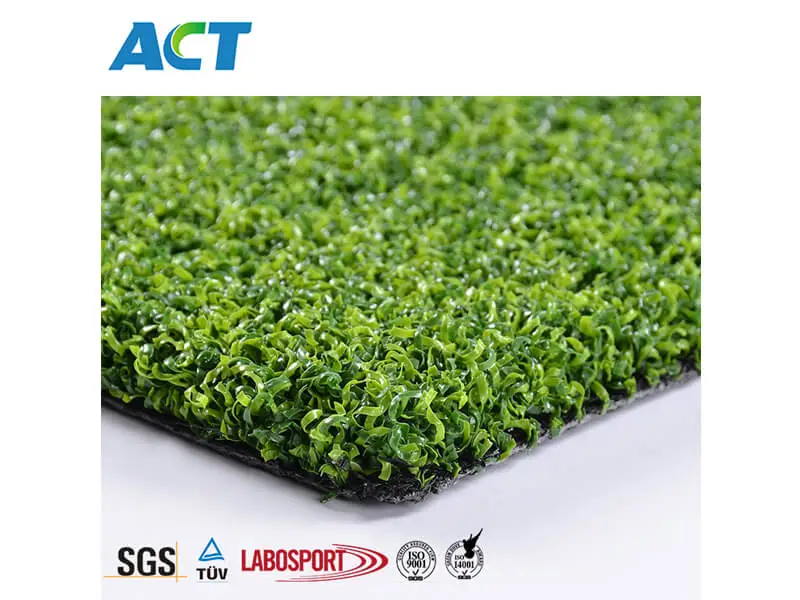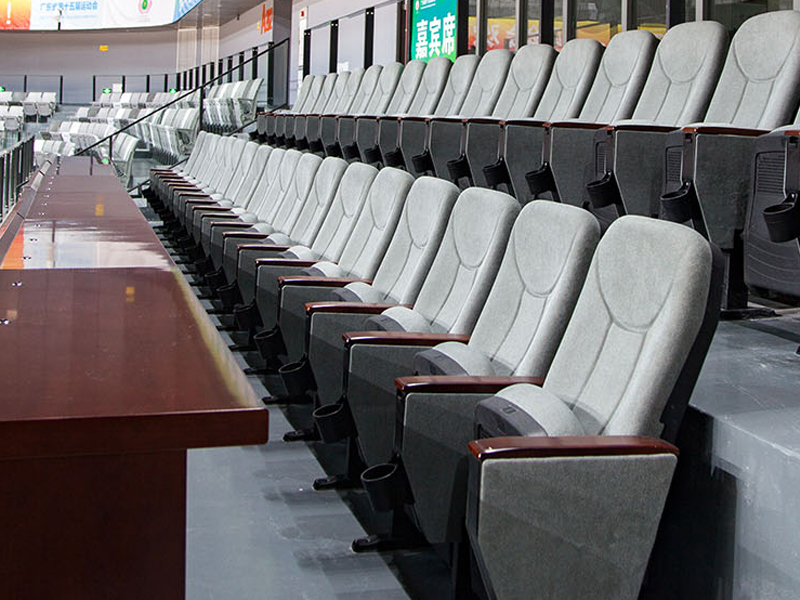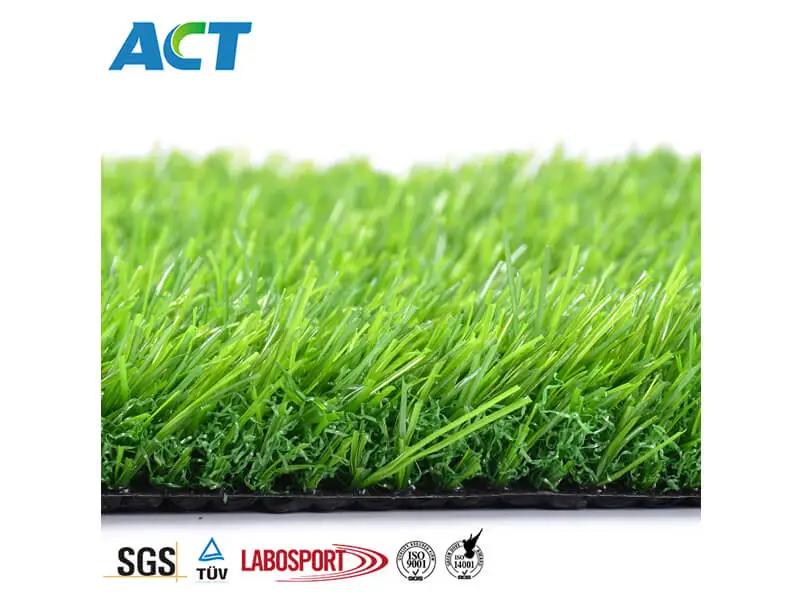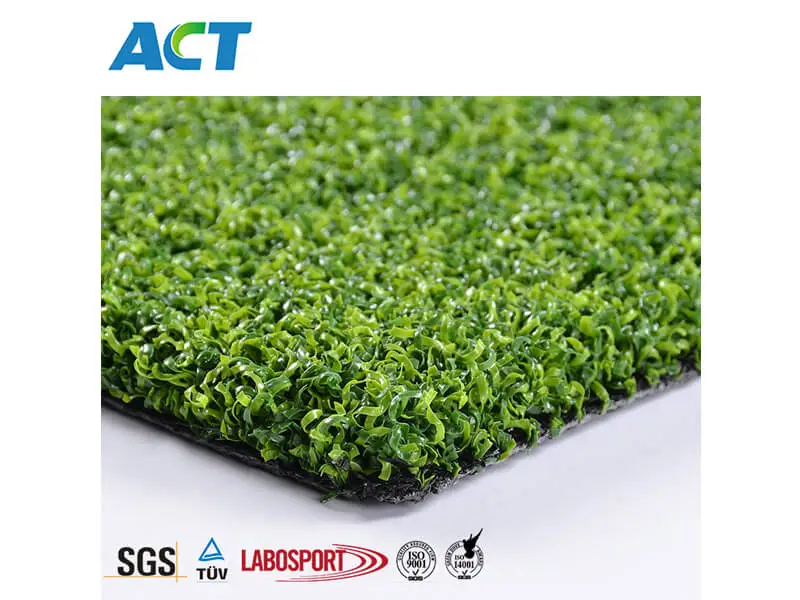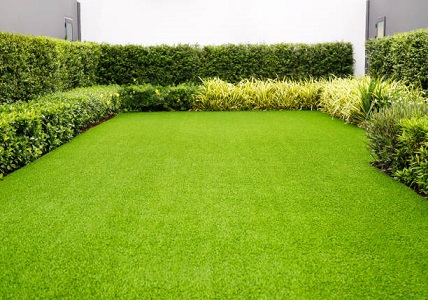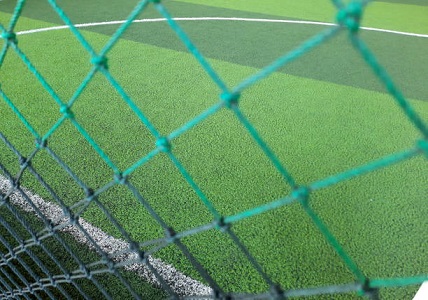
As sports facilities strive to offer the best playing experience for athletes and ensure maximum revenue generation, the management of sports turf costs becomes paramount. Balancing the need for high-quality surfaces with cost-efficiency can be a challenge, but with the right strategies, it is possible to optimize spending without compromising on standards. In this article, we present a playbook for maximizing savings and effectively managing sports turf costs.
Before embarking on any cost optimization initiatives, it is crucial to critically evaluate your sports turf requirements. Conduct a thorough analysis of your facility's usage, including the number of teams, frequency of games, and anticipated foot traffic. Determine the specific playing surface requirements for each sport and prioritize investment accordingly. By understanding your needs, you can avoid overspending while ensuring that the turf can withstand the demands placed upon it.
The selection of a reliable and affordable turf supplier is vital for optimizing costs. Take the time to research and compare suppliers' offerings to get the best deal on sports turf that meets your quality standards. Look for a supplier with a proven track record, positive customer testimonials, and a diverse range of options to choose from. Consider factors such as durability, maintenance requirements, and warranties to make an informed decision.
Proactive maintenance and regular upkeep are essential to extend the lifespan of your sports turf and avoid costly repairs or replacements. Create a comprehensive maintenance plan that includes regular grooming, watering, fertilization, and aerating. Ensure that the necessary equipment and supplies are readily available to perform these tasks efficiently. Stay vigilant for signs of wear and tear and address them promptly to prevent minor issues from turning into major expenses.
Implementing environmentally friendly practices not only reduces your facility's carbon footprint but can also lead to significant savings. Consider investing in water-efficient irrigation systems or installing alternate energy sources, such as solar panels, to power maintenance equipment. Reusing rainwater or graywater for irrigation purposes can also contribute to cost reduction. Adopting sustainable practices not only benefits the environment but also provides substantial long-term savings on water and energy expenses.
Managing sports turf costs requires a systematic approach that balances quality and affordability. By assessing your turf needs, choosing the right supplier, prioritizing maintenance, and embracing sustainable practices, you can optimize cost management while providing a top-notch playing experience. Remember, cutting corners on quality can result in more significant expenses down the line, so it is essential to strike the right balance. By implementing the strategies outlined in this playbook, you can achieve a winning combination of economical turf solutions without compromising on excellence.
In conclusion, from assessing your needs to optimizing maintenance, judiciously managing sports turf costs ensures a winning formula for your facility's sustainability and financial success.
